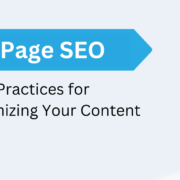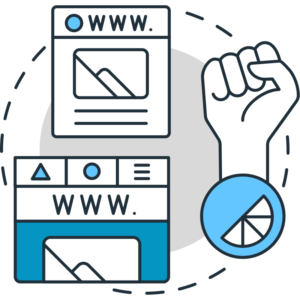The Art of Writing Effective Headlines and Subheadings
In the fast-paced digital world, capturing and holding your audience’s attention is crucial. One of the most powerful tools in crafting effective headlines and subheadings. These elements play a significant role in grabbing the reader’s attention, enticing them to continue reading and conveying the main ideas of your content. This blog post will explore the art of writing effective headlines and subheadings and provide valuable tips to help you master this skill.
Understand the Purpose:
Headlines and subheadings serve different purposes, and it’s essential to understand their roles in your content. Headlines should grab attention, create intrigue, and entice readers to click or continue reading. Subheadings, on the other hand, help break down your content, improve readability, and provide structure by highlighting key points or sections.

Be Clear and Concise:
Headlines and subheadings should be clear and concise, conveying the main idea or benefit of the content. Avoid using vague or misleading language that may confuse the reader. Use words that capture attention and communicate the essence of your message effectively.
Use Power Words:
Power words are emotionally charged words that elicit a strong response from readers. Incorporate power words in your headlines and subheadings to evoke curiosity, excitement, or urgency. Examples include “ultimate,” “essential,” “unveiled,” “secret,” or “proven.” However, use them sparingly and ensure they align with the tone and topic of your content.
Use Numbers and Statistics:
Numbers attract attention and add credibility to your headlines and subheadings. Incorporate specific numbers or statistics to make your content more compelling. For example, “7 Ways to Boost Your Productivity” or “80% of Users Prefer XYZ Product.”
Make it Specific and Unique:
Generic headlines and subheadings can easily get lost in the sea of content. Make your headlines and subheadings specific and unique to differentiate yourself and stand out. Highlight the unique value proposition or promise of your content. Offer something valuable or present a unique angle or perspective.

Incorporate Keywords:
Including relevant keywords in your headlines and subheadings can improve your search engine visibility. Research keywords related to your content and strategically place them in your headlines and subheadings. However, ensure they flow naturally and don’t compromise readability or sound force.
Maintain Consistency:
Maintain consistency in your headline and subheading style throughout your content. Consistent formatting, font size, and typography help establish a visual hierarchy and make your content more visually appealing and easier to navigate. This consistency enhances the overall reading experience.
Test and Iterate:
Experiment with headline and subheading variations to see what echoes best with your audience. A/B testing can help you understand which headlines or subheadings drive more engagement or conversions. Learn from the results and iterate your approach to continually improve your headline-writing skills.
Keep it Relevant:
Ensure that your headlines and subheadings accurately represent the content that follows. Misleading or clickbait-style headlines may attract initial attention but can lead to disappointment and distrust from readers. Align your headlines and subheadings with the value and information you provide in your content.

Craft Compelling Subheadings:
Subheadings help break down your content into digestible sections and guide readers through your article. Craft subheadings summarizing each section’s main points provide a glimpse into the content and create curiosity to encourage further reading.
Mastering effective headlines and subheadings is essential for capturing readers’ attention and making your content stand out in a crowded digital landscape. By understanding their purpose, being clear and concise, using powerful words and numbers, incorporating keywords, maintaining consistency, testing and iterating, keeping relevance in mind, and crafting compelling subheadings, you can enhance your content’s readability, engagement, and overall impact.





